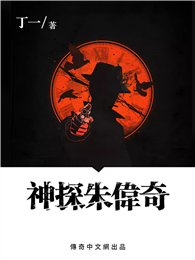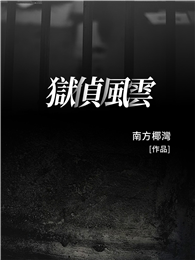Agony in Cambodia: A War Story:
It’s September, 1963 and although the Vietnam War was in its infancy, S/Sgt. Bill Harper and the other five members of his A-Team are closing in on the end of their fourth, six month tour of duty. Just one more LRRP Mission and they would be rotating out, back to the States, to a well earned and long awaited discharge.
Bill and his team had deployed ‘in country’ in September of 1961, the first Special Forces Advisers sent to Vietnam by President Kennedy. President Eisenhower had sent over the first nine hundred Advisers the year before.
Their initial assignment took them to Laos and a six month stint with ‘Operation White Star’.
Then it was on to Nha Trang, where they served as trainers for the Luc Long Dac Biet (South Vietnamese Special Forces) at the Nha Trang Commando Training Center for another six months.
Their third and fourth tours saw them heavily involved LRRP (Long Range Reconnaissance Patrol) work, some of it in Vietnam but mostly in Cambodia.
Bill Harper’s team became very adept at scouting in Cambodia, especially the western edge of the Ho Chi Minh Trail and the region further to the south, dubbed the Sihanouk Trail.
Movement of materiel and manpower along these routes played a major role early on during the war and the information Bill and his team obtained was vital to the allied effort.
Deep into Cambodia, at the height of the monsoon season, Bill Harper’s team and the crew of the CH-34A chopper carrying them encounter small arms fire and RPG strikes that bring them down.
It’s the stuff of fiction. Books have always been written about the trials and tribulations of combat soldiers, but Bill Harper never realized that he would become a major player in such a torture-filled test in his own life.
When he regained consciousness on the banks of the Mekong, he found himself surrounded by the enemy. Some were indigenous hill people, some were NVA (North Vietnam Army) regulars and one of them was of special interest to Bill Harper. That man was a Chinese advisor and it was he who led this small cadre of soldiers and rag-tag civilians.
Bill soon discovered that he was the only survivor; the lifeless bodies of his team scattered on the ground, in and around their crippled chopper. The helicopter crew that brought them here also died that morning.
Bill read his share of combat novels growing up, like most small boys and had envisioned himself the hero in many of them.
During the weeks and months that followed, he would come to know an extreme level of brutality, cruelty and torture at the hands of his captors. He found himself at the mercy of a group of people whose primary pleasure in life seemed to be to inflict pain. The worst of them was an NVA sergeant by the name of Nguyen. Bill would later tag him “Snaggletooth".
Bill had come from the world of the ‘50s; a world where all of the houses had white picket fences and everyone’s neighbor was gracious and friendly to a fault. There were no cares; no worries. All the safe, warm, comfortable things in Bill Harper’s life were now a distant memory. He was about to embark on the longest journey of his life.
Within a few days he realized that their plan was to get him to the north, to Hanoi, where he would be used as a tool for Communist propaganda.
Hanoi was at least six hundred miles away. Would they try to walk him all the way? What was their route to be? How would they get him there? Would he die along the way?
The physical and mental abuse he was to be subjected to would be a supreme test of endurance that no human being should have to endure.
Through driving monsoon rains, heat and humidity and reptile and insect infested swamps, through beatings that one could only imagine, Bill Harper used the only weapon at his disposal to try to maintain his sanity. He would use his mind to fend off the fear of each minute, the panic of each hour, the pain of each day. Would it be enough? Could he survive?












